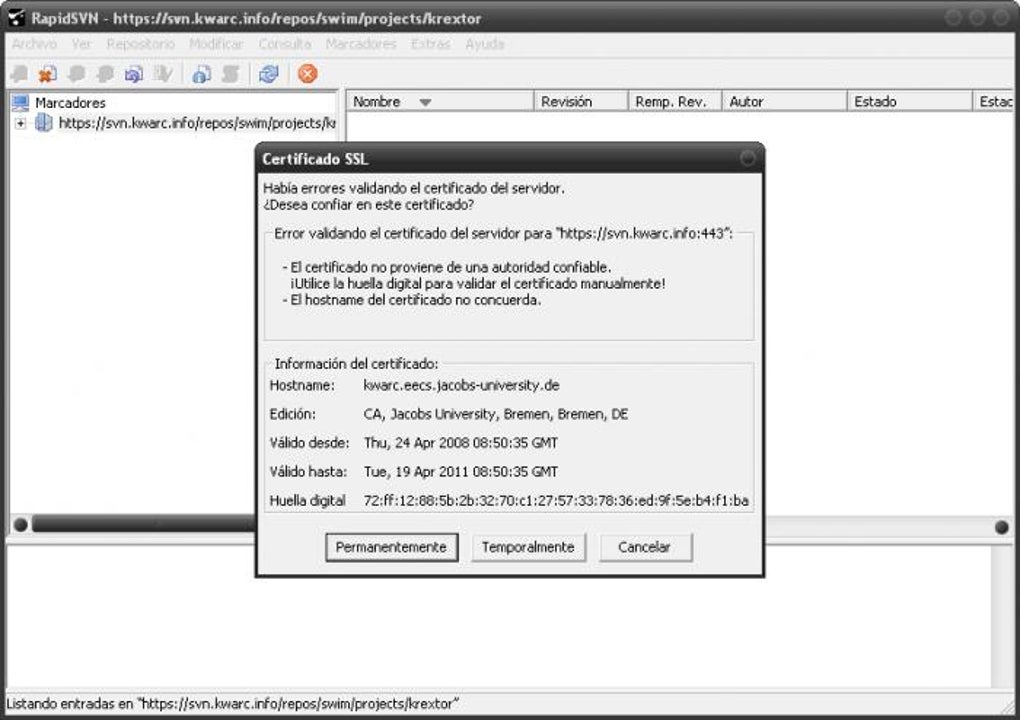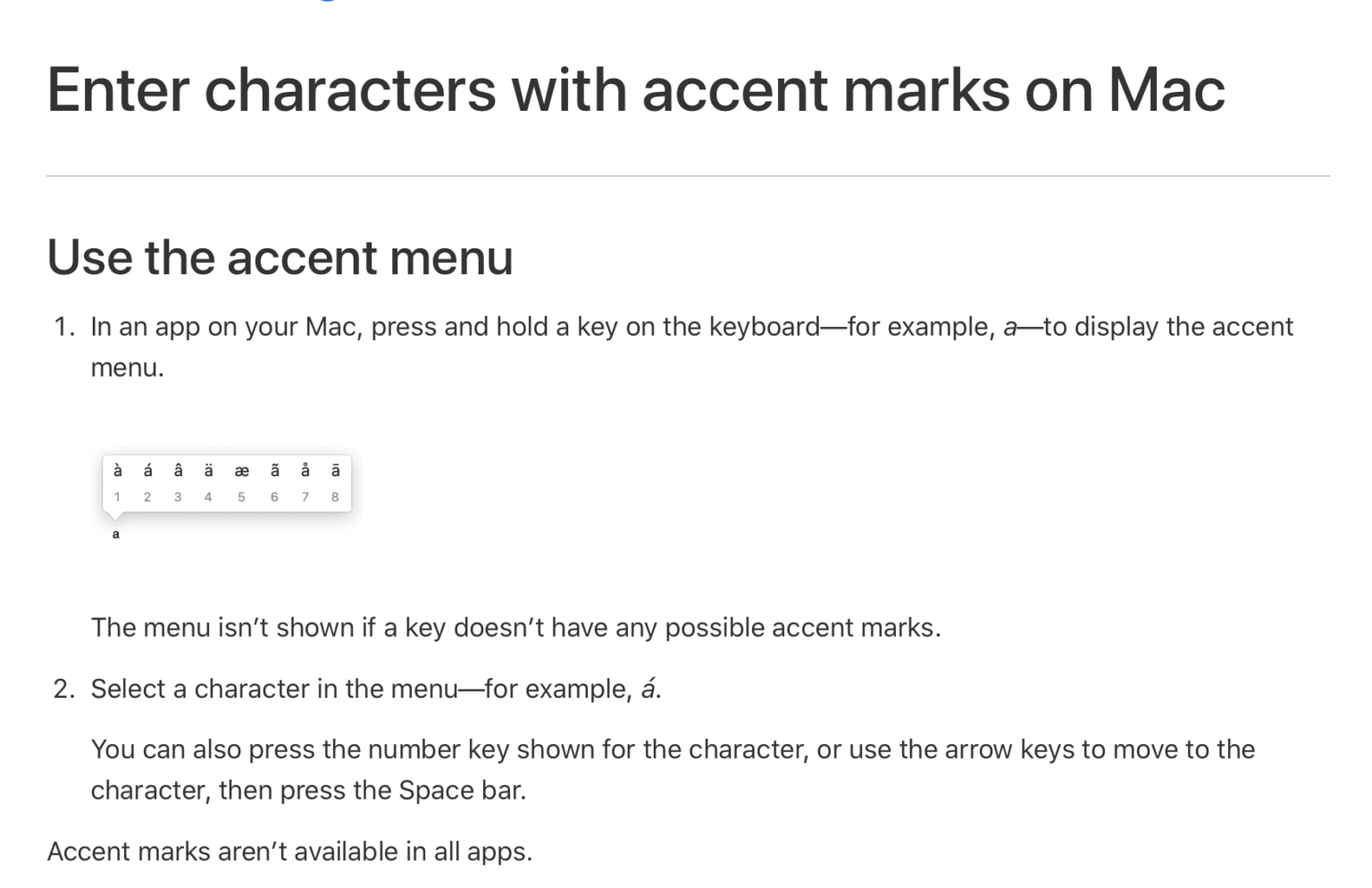

Įach project contains 3 subdirectories: branches, tags, and trunk. Each “project” will be a distinguishable piece of software, such as.
#USING RAPIDSVN SOFTWARE#
The software repository will be organized with a series of top-level “projects”. However, there are a series of conventions that can help us keep track of things better. Subversion has no notion of a project or module, it simply tracks changes to a file system. Note: we don't actually do this, but we should.

You'll then see the additional information from SVN This is sometimes useful when using more advanced techniques such as switching between trunk, tags, and branches. Sometimes its useful to see revisions, status, etc, this can be done by adding some custom columns to your detailed view.
#USING RAPIDSVN DOWNLOAD#
This will automatically download the latest version of files, as long as you don’t have any local modifications to the file.

In order to make sure you have the most up-to-date copy of a file, perform an “update”. In the case of community-driven projects, such as Dangerous Prototype projects - other developers can keep abreast of what the new developments are simply by browsing the svn email distro (but only if the commit messages are detailed enough).Īfter each commit, you’ll see some status messages. This makes looking back through logs much easier. You can then right click and select “Commit” to permanently add the file to the repository.Įach time you perform a commit, it is a VERY good idea to add a comment and explain what you’re changing. When a file is initially created, it is non-versioned, to get it into the repository simply right click, and select TortoiseSVN->Add… Tortoise provides color-coded icon overlays that show the status of files, the most commonly seen are circled.įiles and folders can have a few states: non-versioned, up-to-date, or locally modified. Tortoise provides a nice UI over the svn console package, which can be used from the command line via the svn command.

TortoiseSVN integrates into the Windows shell.
#USING RAPIDSVN PASSWORD#
Your Google SVN password is different than your account password - get your Google SVN password here. Give Tortoise your email address when prompted. If you have commit permissions (you've been added as a developer on the project), then use the secure SVN address ( ).Enter the SVN address ( ) and a directory to use.Right click->SVN checkout on your desktop or Windows file explorer.
#USING RAPIDSVN CODE#
on the new bookmark rignh click -> checkout new working copyģ.How to use TortoiseSVN to check out the development source code on Windows: add existing workin copy -> C:\work (It gives you the error)Ģ. Now right click in the bookmark you just created, an click checkout new working copy, choose the repository path and in the destination folder choose the bookmark you created.ġ. The error it's in spanish but it says: the system can't find the. Chose an empty folder, when you select the empty folder it will give you an error:Įrror: Error while updating filelist ('d:\Documents and Settings\ROMANJP\Escritorio\FER\svn-win32-1.4.4\WorkingCopies\XXX2' is not a working copyĬan't open file 'd:\Documents and Settings\ROMANJP\Escritorio\FER\svn-win32-1.4.4\WorkingCopies\XXX2\.svn\entries': El sistema no puede hallar la ruta especificada. Hello, well i think it's a bug of the checkout.


 0 kommentar(er)
0 kommentar(er)
